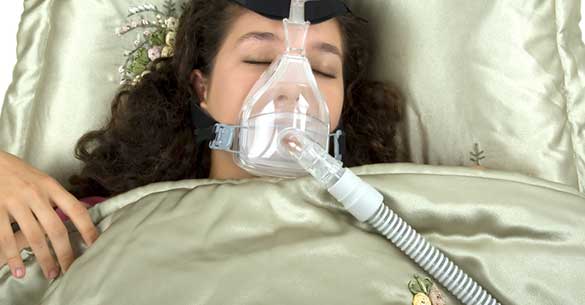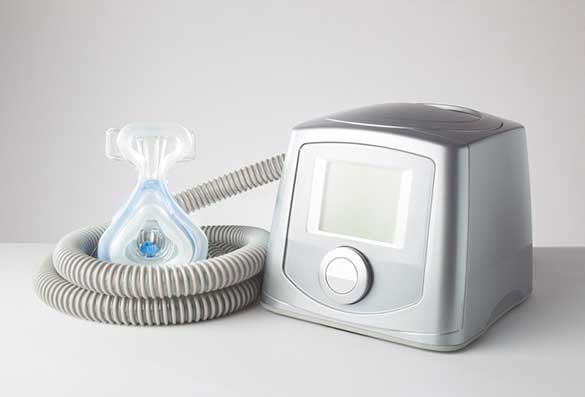
Sleep apnea treatment can improve quality of life for patients.
Sleep apnea is a condition characterized by the patient ceasing to breathe several times throughout the night while sleeping. The breathing does restart, and the patient is often unaware that the episode occurred. Those with sleep apnea may also feel fatigued the next day and snore while sleeping. There are three types of sleep apnea, including:
- Central sleep apnea
- Obstructive sleep apnea
- Complex sleep apnea
Lifestyle Changes
When this condition is mild, there are certain lifestyle changes that may be beneficial for patients. The first is alleviating allergies if any are present. For example, if a patient has a pollen allergy, utilizing medication during the spring and summer to reduce the histamine response to pollen might be helpful. Other lifestyle changes may include:
- Losing excess weight
- Avoiding sleeping pills if possible
- Avoiding alcohol
- Ensuring the nasal passages are open when sleeping
- Exercising regularly
- Sleeping on the stomach or side instead of on the back
- Quitting smoking


Therapies
There are several therapies that might be tried if lifestyle changes are unable to help. These may include:
- Continuous positive airway pressure (CPAP): This therapy may help those whose sleep apnea is moderate to severe. The patient will place a mask over their nose, and the attached machine provides air pressure as they sleep. This helps to prevent apnea and snoring by keeping the upper airway passages open.
- Expiratory positive airway pressure (EPAP): This therapy device goes over each nostril and is a kind of single-use approach. Air is able to move more freely, but upon exhaling, the air goes through small holes. This helps to keep the airway open by increasing pressure.
- Oral appliances: There are different appliances that may help. These are worn while sleeping to help ensure that the throat remains open.
Surgery
If all other options fail to provide relief, surgery might be discussed. There are several options:
- Jaw repositioning: This is done to create more space behind the soft palate and tongue, alleviating any potential obstruction. It is performed by taking the jaw and moving it forward in front of the facial bones.
- Tracheostomy: This is only done in the most severe of cases. An opening is made into the neck and a plastic or metal tube is placed into it. This is done to allow the patient to breathe through their new artificial airway.
- Tissue removal: From the top of the throat and back of the mouth, the surgeon removes some tissue. In most cases, the surgeon will also take out the adenoids and tonsils. This surgery may be performed in cases of sleep apnea, but not usually the obstructive type. This procedure might be considered if a patient is unable to tolerate oral appliances or CPAP.
- Implants: This option involves placing plastic rods. These go into the soft palate to make breathing easier.


